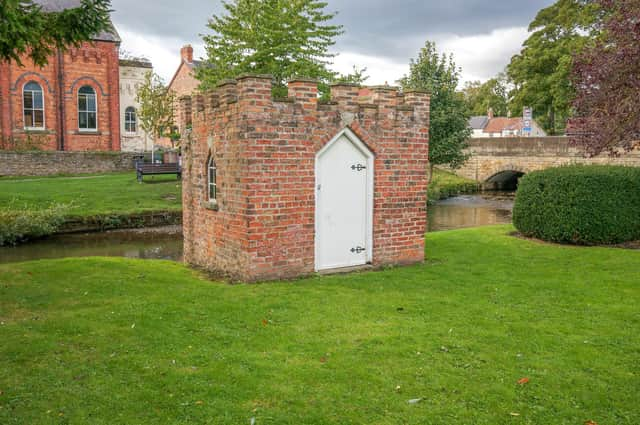Dr's Casebook: Leeches have been used medically for thousands of years


Dr Keith Souter writes: A small brick building close by Bedale Beck is a unique surviving example of a once common medical treatment that actually dates back to ancient Egypt and which was practiced across several continents y different civilisations including the Babylonians, the Aztecs and early Hindu doctors in India. No written records have survived about the building, but it is believed to date from the mid-eighteenth century and which was used for storing leaches.
The dominant theory in medicine until the Renaissance was the Doctrine of Humours. It was thought that there were four vital fluids in the body, blood, black bile, yellow bile and phlegm.
Advertisement
Hide AdAdvertisement
Hide AdExcess of any of them was thought to lead to disease. Excess redness of a body part was thought to be due to excess blood in it, which could be treated by bleeding. Various instruments were used to do this, but a pain-free way of doing it was to use leeches.
In olden days leeches were gathered by leading a horse through ditches, ponds and becks where there were leeches. The leech, Hidrudo medicinalis, would latch onto the horse’s skin and inject a local anaesthetic through its mouth and then squirt an anticoagulant into the blood so that it would not clot, but flowed freely until the leech absorbed it’s fill of blood, then it would drop off. In fact, local women also waded through the water to collect the leeches on their legs and later would remove them to be stored.
The leeches were kept alive in leech houses like this one in Bedale with fresh water from the beck, until they were required by a doctor, apothecary or surgeon. The local chemist would go to the leech house and collect the required number and deliver them to the medical practitioner. One leech would be able to absorb about an eight of a fluid ounce.
The leech house was last used for this purpose in about the year 1900. It is a fascinating link with the medicine of old.